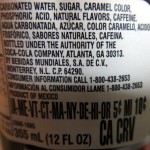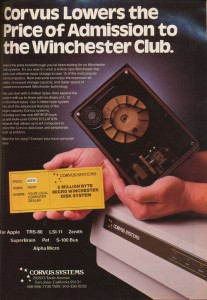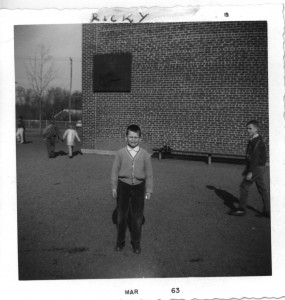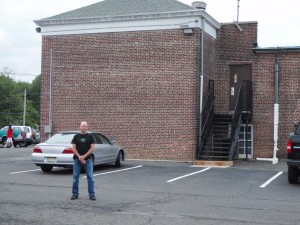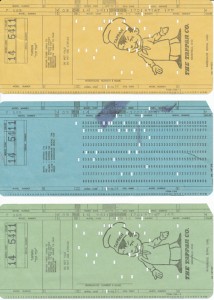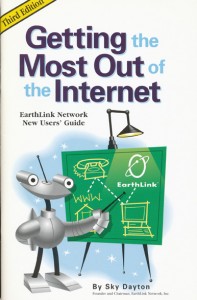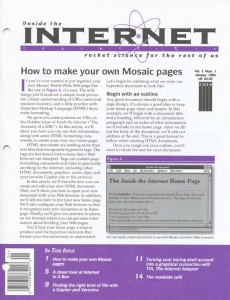A friend recently asked…
I was wondering if you had to register for the draft, or you’re in that “gap†group where Selective Service was doing next to nothing? At one time, some of us had to show younger co-workers what a draft card looked like and explain it! You’re younger than I am but maybe not THAT young.
I was designated 1S because I was still in high school. Vietnam was in full swing and I watched a number of my older friends leave to serve. (Some made it home whole, some not so whole, and some never made it back at all.) During my final year, 1973, the draft was still going strong. I had left home that spring and as school wound down I was watching that lottery stuff pretty carefully. I’d soon go from a safe 1S to a prime 1A target. Now, I was a skinny little shit, not especially keen on combat. Having already lost friends there, frankly, it scared me. There was this other, fairly new designation – Conscientious Objector, or 1AO – that one could apply for, and I tried for that. As a 1AO, if inducted, I’d serve but wouldn’t be assigned to active combat. There was a bit of paperwork, I collected letters from teachers, church… wherever I could… to substantiate my application. It didn’t work. I became a 1A. Then, in the lottery, my number: 26! It looked like I’d be going in. I waited for my letter. It never arrived and in August the whole thing shut down. The active draft was one of the first things to stop, it was such a political hot button. I’m fairly certain I got very, very drunk when the news hit.
from a safe 1S to a prime 1A target. Now, I was a skinny little shit, not especially keen on combat. Having already lost friends there, frankly, it scared me. There was this other, fairly new designation – Conscientious Objector, or 1AO – that one could apply for, and I tried for that. As a 1AO, if inducted, I’d serve but wouldn’t be assigned to active combat. There was a bit of paperwork, I collected letters from teachers, church… wherever I could… to substantiate my application. It didn’t work. I became a 1A. Then, in the lottery, my number: 26! It looked like I’d be going in. I waited for my letter. It never arrived and in August the whole thing shut down. The active draft was one of the first things to stop, it was such a political hot button. I’m fairly certain I got very, very drunk when the news hit.
I learned, as I filled in the gaps of this story, that the groundwork for an all-volunteer U.S. military began as early as the end of January, 1973, although it took a while for the shutdown of the draft to actually happen. It leads me to wonder how many young bodies inducted after Laird’s signature but before the last kid shipped out didn’t come home…
I’m pretty sure I still have my draft card somewhere but I can’t recall seeing it for a very long time. It’s probably in that file of papers I dutifully (and securely) care for when I relocate. Stuff goes into that store after which it seldom sees the light of day.
Funny thing. Registration was compulsory when my kid came of age. It was easy, not like it was when I registered and had to personally appear at an office downtown. The process may have actually started with something as simple as an extra checkbox on his DS11 when he upgraded to an ‘adult’ passport at 16. Shortly after he turned 18 he received a letter containing his registration information. There’s no active draft today but his registration card is, actually, a draft card, should the government choose to start drafting again.
[sigh] Over the decades, like many others, my views on military service have changed a great deal.
I haven’t thought about those experiences for a long time. That was a good question, thanks for asking.

